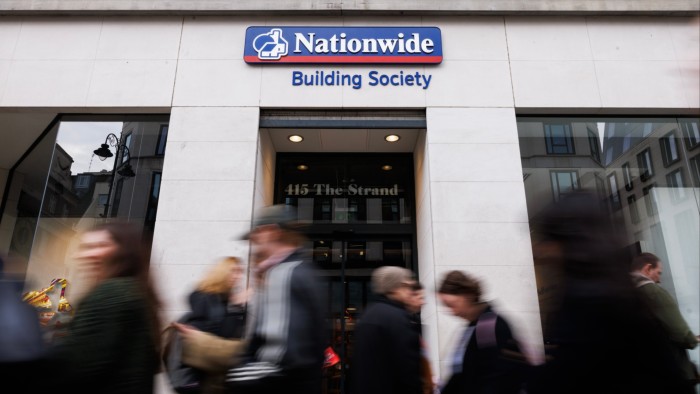Unlock the Editor’s Digest for free
Roula Khalaf, Editor of the FT, selects her favourite stories in this weekly newsletter.
Building societies have warned that cutting the annual cash Isa allowance could hit mortgage lending and lead to 60,000 fewer home loans a year in a blow to first-time buyers.
The Building Societies Association said that reducing the annual cash Isa limit from £20,000 to as low as £5,000 could shrink their members’ mortgage supply by 5 per cent, equivalent to about 17,000 mortgages.
First-time buyers would be worst affected, as this type of lending is deemed riskier, the trade body said.
But a more meaningful shift out of cash into investments — not just non-Isa cash accounts — could force building societies to retrench further, meaning as many as 60,000 fewer mortgages, the BSA warned.
Building societies typically rely more heavily than banks on savers’ deposits to fund their mortgage lending. They also face restrictions on access to wholesale funding.
The BSA’s findings, based on economists’ estimates, come as the Treasury considers capping the annual amount that savers can put away in tax-free cash Isas each year in the November Budget. Some parts of the City earlier this year called for the allowance to be cut to £5,000, although a person close to the process recently said the Treasury was considering £10,000.
Chancellor Rachel Reeves is attempting to boost UK share ownership and is considering measures such as a minimum holding of British companies and a stamp duty tax break.
Cash is the most widely used type of Isa product, accounting for two-thirds of all Isa contributions in the tax year to the end of 2024, bringing total cash holdings to £360bn.
However, the Treasury select committee said this week that the government should not cut the cash Isa allowance, noting that it was unlikely to incentivise people to invest in stocks and shares.
“The committee is firmly behind the chancellor’s ambition to create a culture in the UK where savers are sensibly investing their money and getting better returns through well-informed financial decisions,” said Dame Meg Hillier, chair of the Treasury select committee. “But we are a long way from that point.
“A comprehensive effort to genuinely improve financial education and establish accessible, high-quality financial advice and guidance for people should be the Treasury’s priority.”
She added that the government is “meant to be supportive of mutuals”, such as building societies, which are owned by members rather than shareholders.
Hillier noted that the government has a “manifesto commitment to grow the sector, so it must carefully consider how changes could badly impact building societies, which provide affordable mortgages for so many”.
Robin Fieth, chief executive of the BSA, told the FT that capping the annual cash Isa allowance could “put people off saving”.
“Saving is usually the precursor to investing, so you want to encourage a saving culture,” he said.
“The government’s stated objective is to encourage far more people to invest in stocks and shares, ideally UK stocks and shares. All the evidence we’ve seen and tested . . . says that a crude move to reduce the cash Isa limit will not achieve that objective.”
The UK’s Isa regime currently allows individuals to put up to £20,000 a year into cash, investments, or a combination of Isa products.

